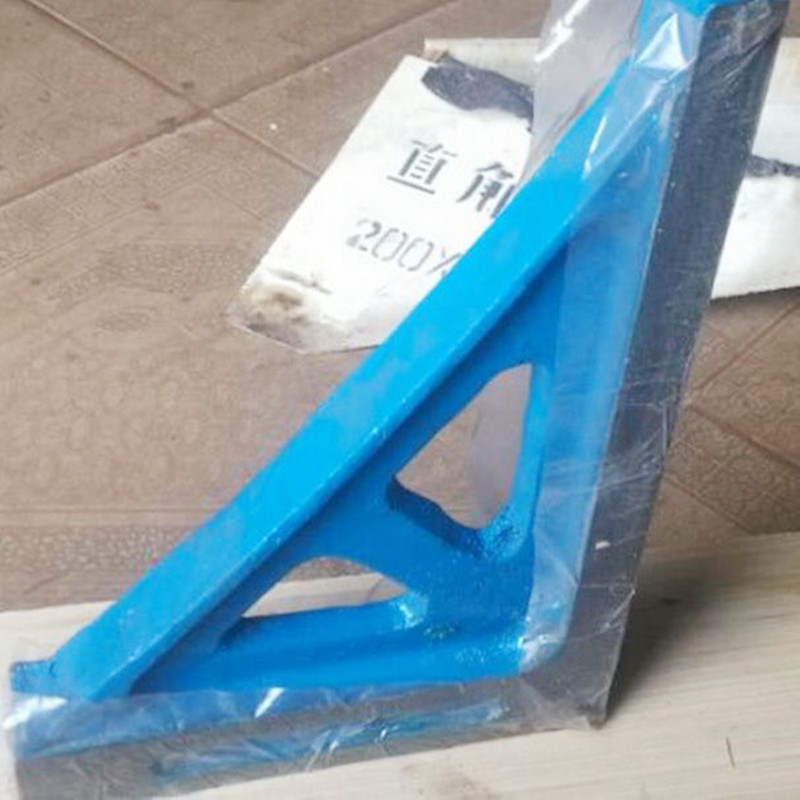Sep . 08, 2024 04:33 Back to list
check valve assy
Understanding Check Valve Assembly A Crucial Component in Fluid Systems
Check valve assemblies play an essential role in fluid management systems across various industries, including manufacturing, oil and gas, water management, and more. These assemblies ensure the proper flow direction of fluids, preventing backflow that could lead to system inefficiencies or failures. In this article, we will explore the significance, functionality, and applications of check valve assemblies.
What is a Check Valve Assembly?
At its core, a check valve assembly is designed to allow fluid to flow in one direction while preventing it from flowing backward. This functionality is critical in maintaining the integrity of fluid systems, as backflow can cause contamination, pressure fluctuations, and system damage. The assembly typically consists of several key components the valve body, the valve seat, and the closure mechanism, which can be a disc, ball, or flap depending on the specific design.
How Does it Work?
The operation of a check valve assembly is relatively straightforward. When fluid flows in the intended direction, it exerts pressure on the closure mechanism, forcing it open. Once the flow ceases or reverses, the closure mechanism is pushed back into place, sealing the valve and preventing backflow. This automatic operation ensures a reliable and consistent flow while minimizing the risk of fluid reversal, which can jeopardize system performance.
Types of Check Valve Assemblies
There are various types of check valve assemblies, each suited to different applications
check valve assy

1. Swing Check Valves These valves feature a disc that swings on a hinge, providing a tight seal when closed. They are commonly used in water and wastewater applications.
2. Lift Check Valves In this design, the disc is lifted off its seat by the flow of fluid. They are often utilized in high-pressure systems.
3. Ball Check Valves These use a spherical ball as the closure mechanism. They are favored in applications requiring low cracking pressure and minimal pressure loss.
4. Diaphragm Check Valves Utilizing a flexible diaphragm, these valves are effective for corrosive fluids and can handle varying pressures.
Applications
Check valve assemblies are ubiquitous in industrial and commercial applications. They are employed in pump stations, pipeline systems, and water treatment facilities. In HVAC systems, they prevent reverse flow that can impact heating and cooling efficiency. In the pharmaceutical industry, check valves ensure that process fluids do not contaminate one another, maintaining product integrity and safety.
Conclusion
In summary, check valve assemblies are vital components in the smooth operation of fluid systems. By preventing backflow, they safeguard against potential damages and inefficiencies. Understanding their functionality and application can lead to better system design and management, ensuring reliable performance across various industries. As technology advances, check valve design continues to evolve, promising even greater reliability and efficiency for future fluid management systems.
-
Valves in Water Treatment PlantsNewsJul.07,2025
-
Safety Precautions When Installing Control ValvesNewsJul.07,2025
-
Importance of Routine Inspections for Ball Type Check ValvesNewsJul.07,2025
-
Function and Operation of 1 1 2 Gate ValvesNewsJul.07,2025
-
Enhancing the Performance of 1 1 2 Inch Check ValvesNewsJul.07,2025
-
DN50 Filter Water Valves in Municipal Water TreatmentNewsJul.07,2025
Related PRODUCTS









